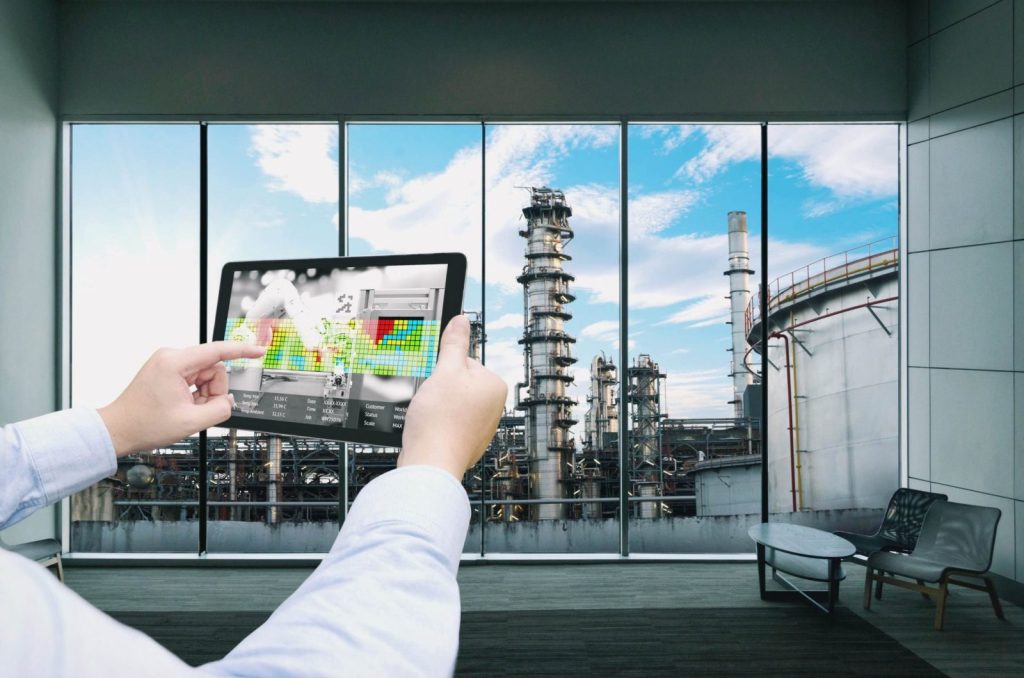
We can appreciate that some tourism marketers are hesitant to fully embrace augmented reality. It has the power to change the industry as we know it. And while we don’t buy into the most seemingly farfetched fears that we might end up in a Matrix-like world in which humans experience their world from behind a computer screen, we understand the sentiment. Instead of resisting this change, we recommend embracing it. Like the advent of robotic service providers that can bring towels, store luggage, or prepare meals for guests (thus eliminating the need for some hospitality roles) – the future is unavoidable. Instead of fearing these changes and risking the obsolescence of your tourism destination, find ways to integrate these new technologies with your existing service model.
Augmented reality can complement not replace tourism marketing:
There are unlimited ways that augmented reality could enhance your guests’ tourism experience. AR can help new travelers decide what type of trip is best for them (Is flying really that terrifying? Is cruising for me? Will I prefer a safari or a ski trip?). It can help them vet destinations and hotel or restaurant choices. And it can tease entertainment options that might seem like a splurge (until you experience them that is). Notice, it’s called augmented reality not alternative reality. We’re pretty sure a cross-continental flight that provides an oh-so-convenience excuse not to check work emails is enough to draw tourists from even the most farflung reaches of the globe. And in a world that is increasingly “on,” experiences are a valuable currency that lets us unplug, recharge, and connect with the world around us. Augmented reality can simply help make the preparation around these experiences more convenience.
Similarly, augmented reality could help alleviate logistic difficulties certain tourism destinations face. Whether your target audience has a language barrier, navigation challenges, or spotty internet and cell service, augmented reality can help prepare tourists for their trip and give them tools to navigate or seek assistance while on the go. This might be especially valuable for the business traveler who doesn’t quite know how to spend her freetime or who is unsure how to get to her next on-site meeting.
Augmented reality is the next best thing to tourism marketing:
That said, for those individuals who simply can’t afford to travel or take a two week vacation, augmented reality can provide a unique paid outlet for tourism destinations to monetize virtual trips to their location. We know, that doesn’t sound all that glamorous; but it is a win-win situation for those individuals who could now take park in experiences that were previously out of reach and for industry providers who will benefit from this trend. In the same way that television hasn’t replaced books or radio, we believe that augmented reality does not need to replace tourism, but can become an extension or alternative. To extend this metaphors one step farther farther: even if we’ve read the book, sometimes the movie is just as enjoyable. A trip using AR doesn’t necessarily mean there won’t be a physical trip, but it could if you jus tweed the Cliff’s Notes version in a pinch.
Augmented reality can preserve and promote tourism marketing:
If you’ve ever visited South East Asia and climbed through the ancient ruins of Cambodia’s Angkor Wat, you might have wondered how long the tourism destination will continue to allow visitors access to nearly all parts of these incredible temples. Augmented reality gives us the tools to preserve historic landmarks that should be off limits to protect their beauty for generations to come. In the most fragile sections of the temple, tourism officials could offer an augmented reality exhibit of the relief sculptures rather than full tourist access. Paintings that are light or temperature sensitive could not be seen, dangerous caves could now be accessible, and so forth. The same is also true in war torn countries where tourism has become less popular due to local unrest. Countries such as Egypt, Turkey and even Israel could continue to promote and share their unique experiences in times when some travelers may be hesitant to visit. And we’d like to think that’s one small step closer to repairing our global community.
Reenergize local attractions with augmented reality:
Even if you aren’t an exotic tourism destination, experimenting with augmented reality sets your brand apart and will allow you to adapt to changes as they occur, while promoting local exploration and discovery. Encourage your regional community to learn about their homes in new and unique ways be drawing them through a historic neighborhood with augmented reality attractions. Make local educational sites more interesting, and promote local businesses by harnessing AR’s navigational tools. At even the smallest levels, AR apps and smartphone pairings can provide new business marketing tools to expose local gems that make your community unique.
We realize that some of these attractions aren’t quite here yet, but they are coming. Prepare now by priming your current multi-channel marketing strategy for the next phase of digital marketing and beyond. Contact us, we are here to help with any questions you may have about this so called, “augmented reality.”


